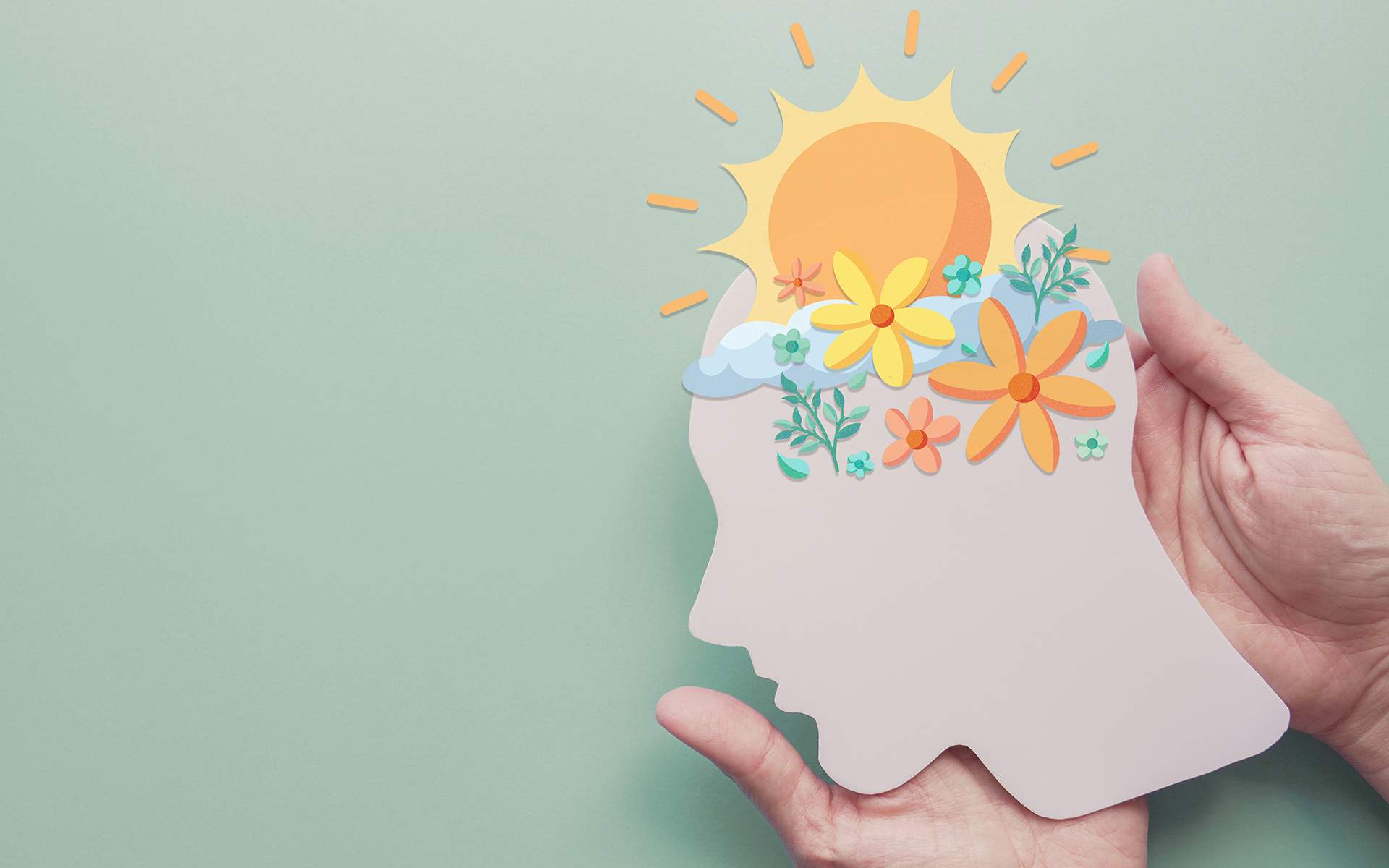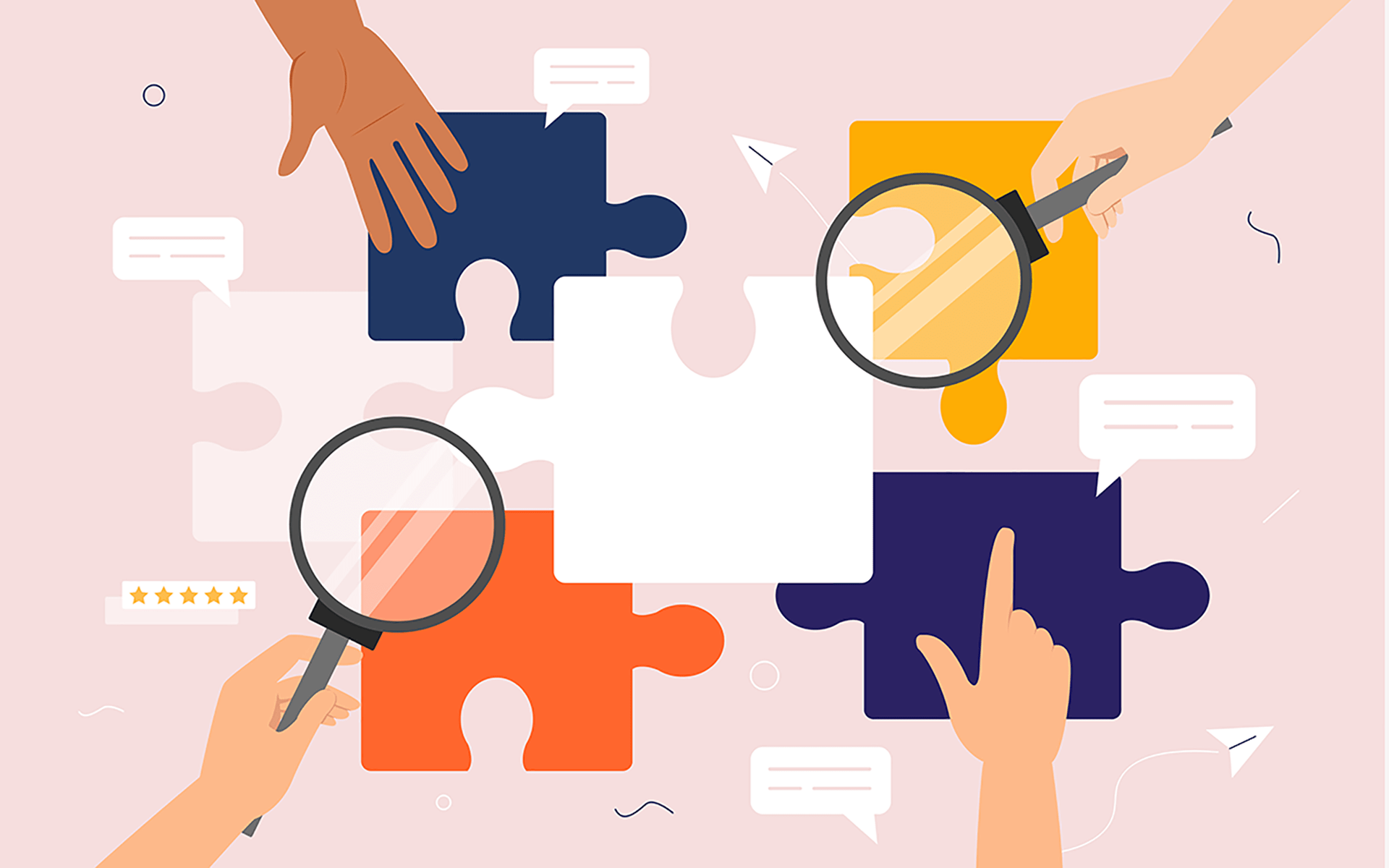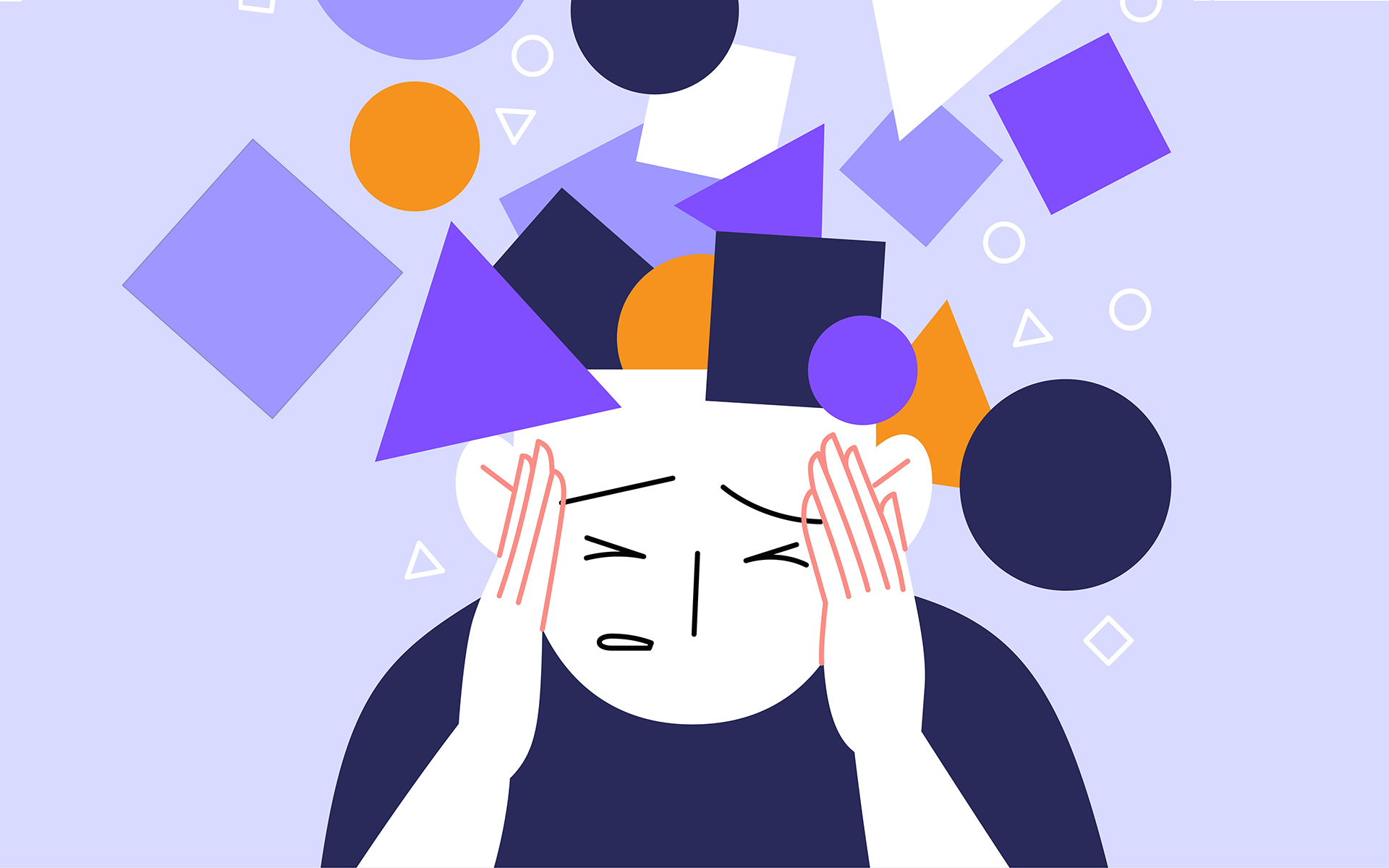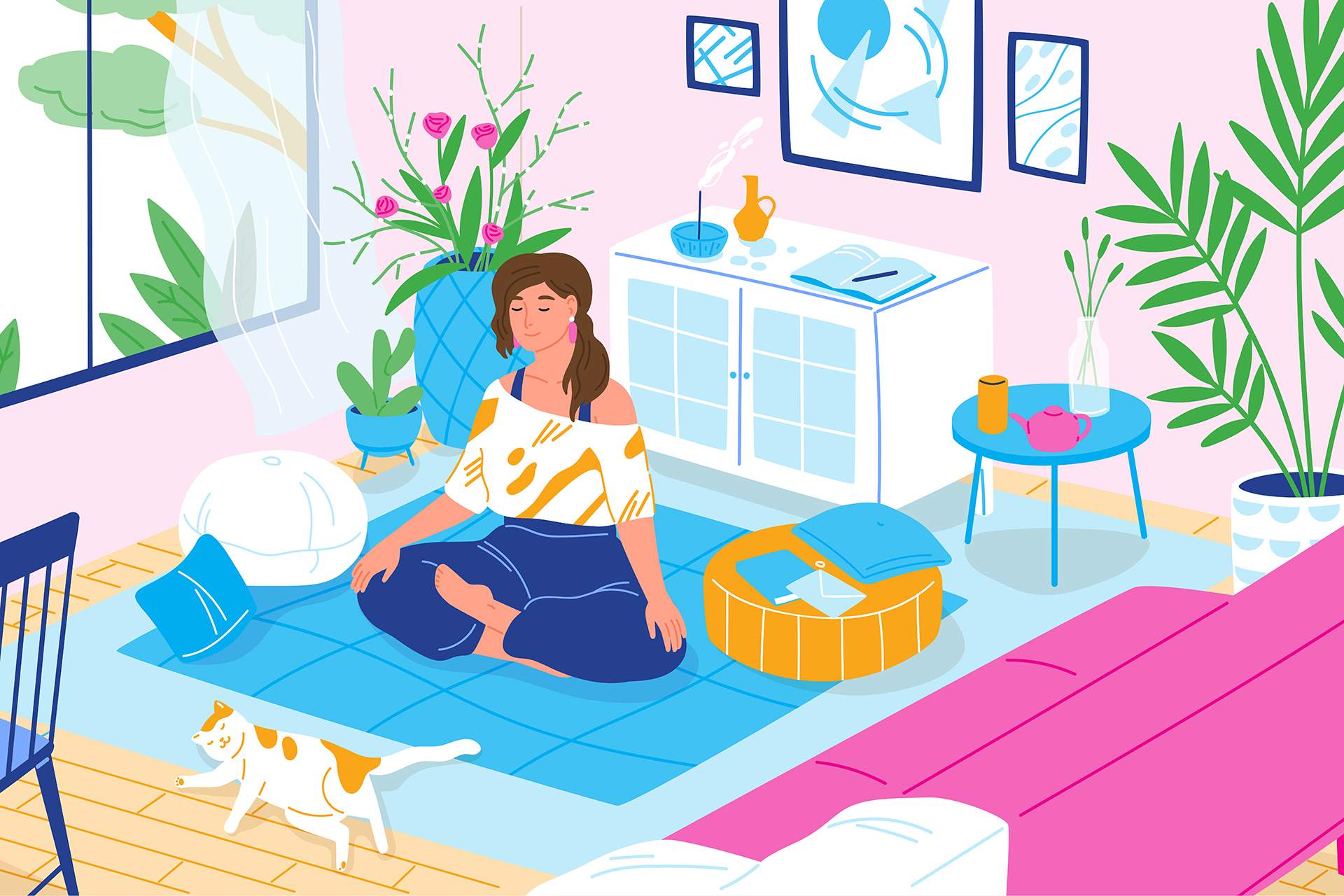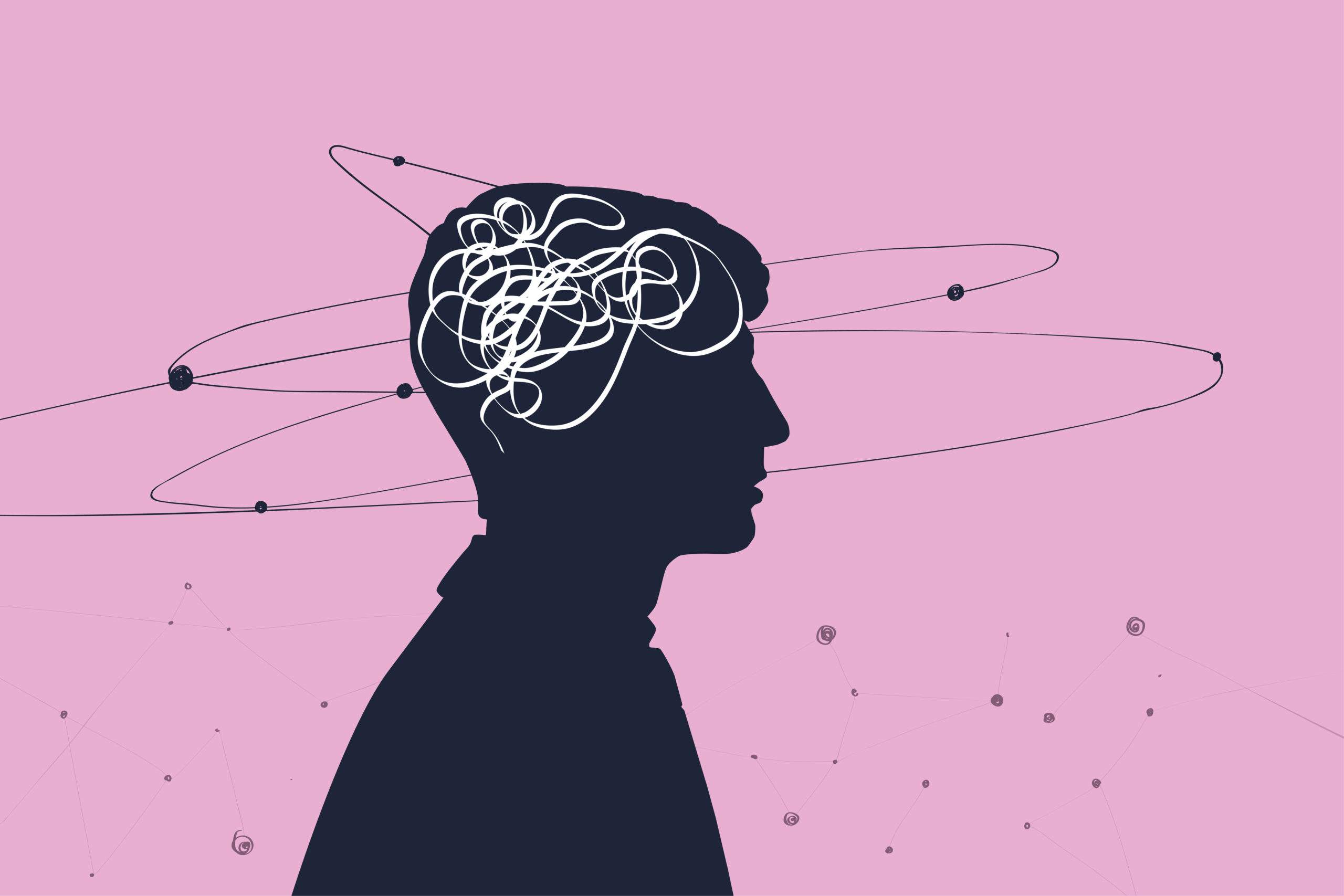Just miles from my house in Northern California is a serene meditation center called Spirit Rock. It’s nestled in golden grassy hills away from the hustle and bustle—the perfect place to gather and ground oneself. Spirit Rock has welcomed many renowned mindfulness experts, and I’ve had the fortune of hearing wise words in many contemplative talks. After listening to these talks, when it was my time to meditate, I was restless. I’d try to focus for a few minutes, but I just couldn’t do it. Invariably, I’d slip outside and spend the remaining meditation time walking quietly around the grounds. I thought that, because of my ADHD, I was cheating. Failing. Meditation was not for me.
The paths to this place of gentle awareness are many, and none of them involves desperately trying to keep the mind clear at all times.
In a nutshell, if mindfulness is a state of being where the mind’s constant stream of thoughts is noted with a gentle curiosity and politely set aside, then meditation is just one means to get there. The paths to this place of gentle awareness are many, and none of them involves desperately trying to keep the mind clear at all times. For a restless mind like mine—and perhaps yours, too—this is good news. Some meditations are long and require sitting; others are quick and can be done anywhere. Mindfulness meditation trains us to invite curiosity to our inner and outer world with compassion and openness—no silencing of thoughts required.
When I left the sitting meditation at Spirit Rock to walk on the grounds instead, I hadn’t failed in my quest to meditate. I just changed the path. As I felt the crunch of the gravel under my feet and drew in the sweet smell of the leaves, as I accepted the warmth of the sun and noticed my feelings of failure, I was practicing mindfulness, and my walk was, in fact, a meditation.
It’s Not All About Sitting Still
The first time I was invited to Spirit Rock, it was for a talk by renowned mindfulness expert Jack Kornfield. I nearly bolted when I was told it would be followed by a long meditation. The thought of sitting still and focusing only on my breath sounded boring and painful. People with ADHD have notoriously wandering minds, so how could I be expected to sit still with a blank one—and why should I? At the time, I thought all I needed was therapy and medication, not meditation!
The go-to treatment for ADHD is a combination of medication and cognitive behavioral therapy (CBT). Also a leading treatment for anxiety, CBT strives to reorient the ADHD brain’s endless and distorted internal chatter. By cultivating an awareness of rigid, negative thoughts, such as I never do anything right or Don’t bother unless it’s perfect, we can reframe those thoughts as more positive, realistic ones, like Sometimes I do things right and Maybe less than perfect is OK. These reframes help shift our sense of self so we can see the possibilities of trying new, more productive strategies for executive functioning struggles.
An increasing number of studies show the efficacy of meditation as a treatment supplement for ADHD. But getting there can feel like a challenge. For people with ADHD, the notion of “paying attention on purpose” may seem futile, as it did to me years ago when I began this journey.
ADHD, Anxiety, and Your Inner Critic
As psychology professor Kristin Neff explains, self- criticism triggers the body’s threat defense system in the same way an impending lion attack does. So when the attacker is our own inner critic’s chatter—say, shame over forgetting an appointment or frustration over losing our keys—our brains and bodies respond with a similar cortisol and adrenaline rush. This may give our ADHD brains a good jolt and thrust us into action, but it has unhealthy long-term consequences for our bodies. Relying on this jolt can create too much chronic cortisol, which, in turn, can cause inflammatory disease, dampen the immune system, and damage the thyroid.
People with ADHD specialize in self-criticism.
In an article in Clinical Psychiatry News, Dr. Michael Jellinek estimates that by the time a child with ADHD reaches the age of 12, they’ve heard upward of 20,000 more criticisms than their neurotypical peers. The inner critic has been implanted in your head by the world around you, and the uphill battle against it is an understandable one.
It isn’t surprising, therefore, that ADHD rarely walks alone. According to the organization Children and Adults with ADD (CHADD), an estimated 47.1% of adults with ADHD are also diagnosed with an anxiety disorder. Anxiety is characterized by excessive worrying, and excessive worrying triggers a similar cortisol-release response in the brain.
Additionally, many people with ADHD report a co-occurrence of rejection sensitive dysphoria (RSD), the extreme perception of being rejected or criticized. It can feel very real and cause tremendous emotional pain. People with ADHD have a sharp radar for criticism but often misunderstand others’ intentions and assume they are being rejected, even if they aren’t.
When It’s Hard to Befriend Your Brain
This overlap between anxiety and ADHD can feel challenging and frustrating, especially while trying to get an accurate diagnosis. A person who is anxious can have symptoms that are difficult to tease apart from other symptoms of ADHD (this is especially true with children). We don’t always know whether the anxiety symptoms we’re feeling are being exacerbated by our ADHD, or how to navigate them if they are. And, for those seeking diagnoses as adults, the process is not always cut-and-dried— without a specific set of criteria for how ADHD presents in adults, a diagnosis may depend on remembering what your symptoms were like before you were 12. In a counterproductive way, facing these challenges can lead us to pile on the self-judgments.
Along with seeking the support of a doctor or therapist, it’s beneficial to remind ourselves that feel- ing anxious is (for better or worse!) an incredibly widespread human experience. Whatever its causes, we can still recognize it
as simply a sign that we’re human, and we can offer kindness to ourselves whenever anxiety arises.
And the good news is, according to neuroscientist Richard Davidson, overall well-being is a learnable skill, rooted in our flexible brain circuitry. It can be improved with practice, much like the way you get better at playing a musical instrument the more you practice. The more we engage those brain circuits with mindfulness-based activities, such as noticing our habitual behaviors with a kind attitude, the more we disrupt the brain’s critical narrative and the greater our overall sense of well-being becomes.
When you breathe slowly and deeply, you send a signal to your brain that it’s not necessary to prepare the body for fight or flight. When you slow down and notice your distractions, sensations, and emotions with acceptance and compassion, you send a similar signal to the brain that all is well—otherwise, you’d be on high alert, looking outward for danger, or scrutinizing inward for something physically wrong. Negative self-talk can trigger the threat defense system, but self-acceptance and compassion cause almost the opposite in the brain—the limbic system releases oxytocin, which creates calm, reduces cravings, and promotes sleep. This area of the brain is also responsible for understanding social cues and forming attachments, which helps in combating rejection sensitivity. Win, win!
Excerpt from Mindfulness Meditations for ADHD, by Merriam Sarcia Saunders, published by Rockridge Press. Copyright © 2022 by Callisto Media, Inc. All rights reserved.
read more
Guided Meditations for Working with ADHD and Anxiety
These two practices allow you to explore how you respond to anxious thoughts and other ADHD symptoms, cultivating openness and kindness instead of self-criticism.
Read More
A Mindful Inquiry: Calming the Rush of Panic
Explore how meditation can help you investigate emotions and feelings that come up with panic—with a curiosity to see what’s actually there.
Read More
Meditation for Anxiety
Explore how mindfulness and meditation can help soften feelings of anxiousness, reduce stress, and calm a panic attack.
Read More
The Life Cycle of Thoughts and Why Your Brain Needs a Filter
Every thought has the potential to lead to an action, which is why it’s important to hold our ideas lightly. Andrew Safer explores the impact of thoughts and how we maintain a distance from them that helps us know how to proceed.
Read More


